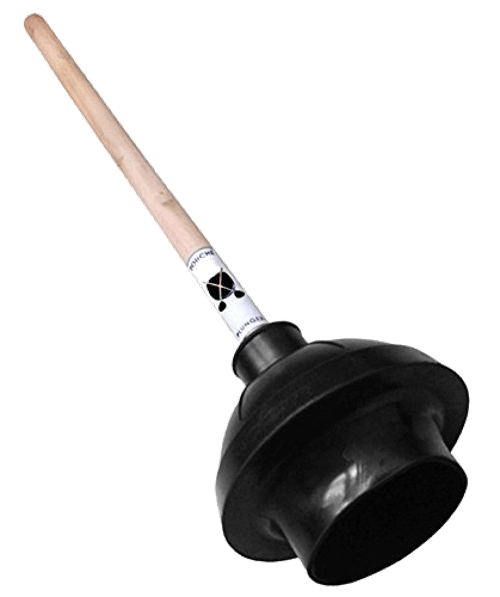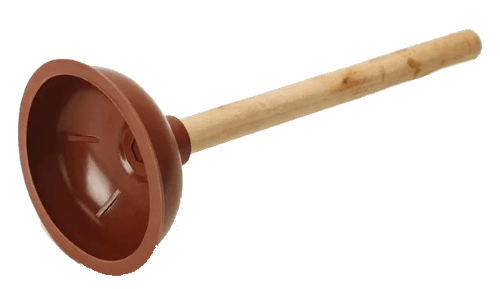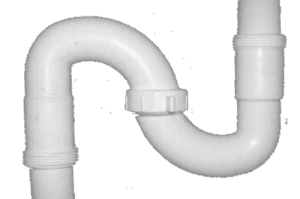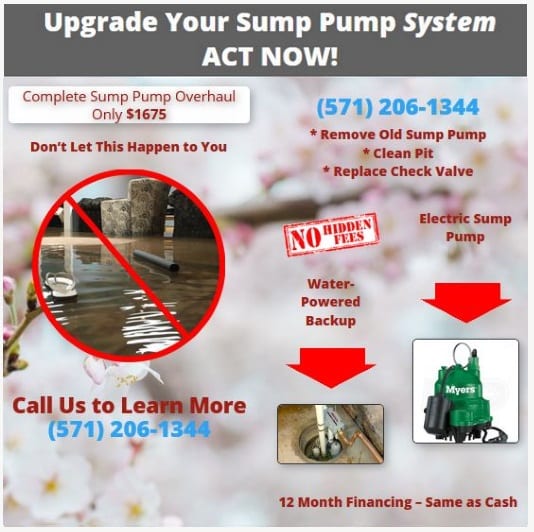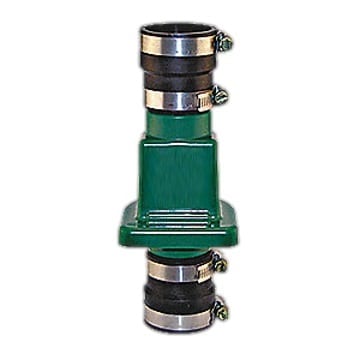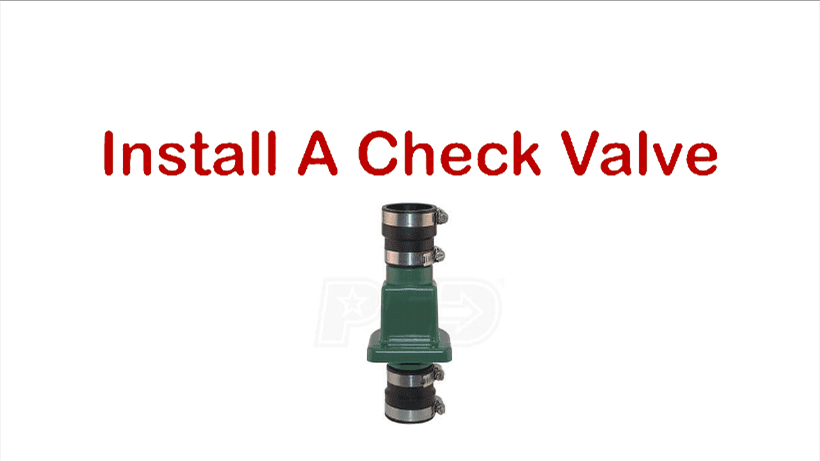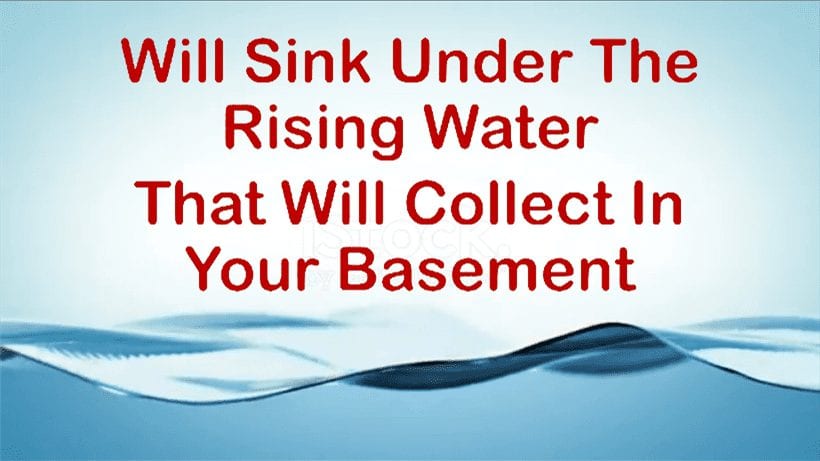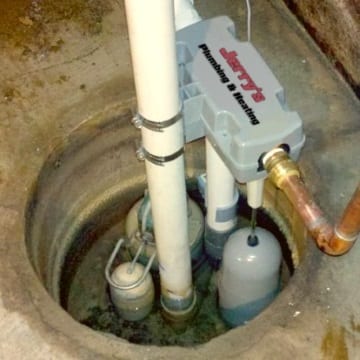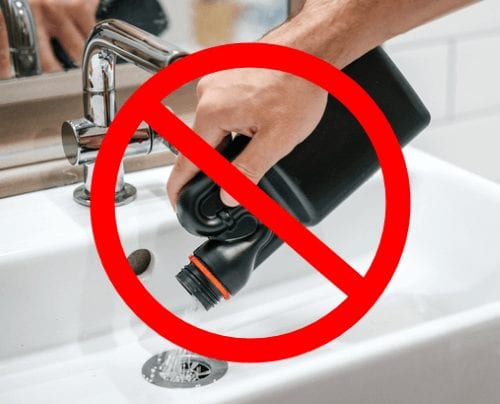

Avoid These Ways To Unclog A Drain
Avoid These Ways To Unclog A Drain
Dangers of Chemical Drain Cleaners

Jerry’s Plumbing & Heating
22 July 2019
There are many ways to unclog a drain. If you read our article,
Read More: The Basics Of Unclogging A Drain
, you know that a clogged drain is inevitable.In the previous article in this series,
Read More: The Best Way To Unclog A Drain
, we got into some drain cleaning details.However, just as important as knowing what to do about unclogging a drain is knowing what NOT to do.
What could be easier?
Truth is, the only thing chemical drain cleaners do well is make money for chemical drain cleaner manufacturers.
Chemical drain cleaners are quite expensive in the long run because they are dangerous both to your pipes and, more importantly, to you, your family and your pets. And they are certainly no friend to the environment.


One of the Most Dangerous Ways To Unclog A Drain
These chemicals give off fumes that may irritate those who are sensitive to allergies. Small children, dogs and cats are especially at risk from the fumes. Just bringing them into your house is dangerous to your children and pets because, if ingested, liquid drain cleaner can be fatal.
They are dangerous even when used properly because they are highly poisonous, and so caustic that they can burn you if they come in contact with your skin. Some are very heavy duty and should only be used by licensed plumbers, who often wear special gloves and face masks to protect themselves against accidental splashes.
Old Metal pipes can be compromised by liquid drain cleaners – the cleaner can actually create a hole in the pipe. An inconvenient clog has now resulted in a leak.
That leak can lead to water damage that may destroy the interior, exterior or foundation of your home. That water damage results in contamination creating a breeding ground for several types of bacteria, which could lead to disease.
“The worst part is, chemical drain cleaners are not always effective.”
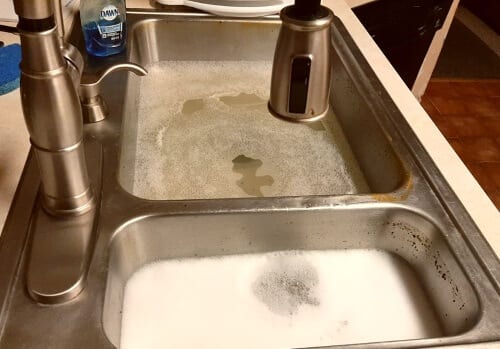

Smartest Drain Cleaning Advice
The worst part is, chemical drain cleaners are not always effective, leaving you with a sink full of toxic chemical water that’s stopped up by the same clog you started with.
There’s just no reason to use chemical drain cleaners or homemade gadgets like coat hangers or other whizbang devices for sale on late-night television.
And please don’t use professional grade plumbing equipment like hydrojetters or high power snakes on your own. There’s a reason plumbers that use them are trained and licensed.
The EPA website explains how to avoid the potential risks associated with household hazardous wastes here. Drain cleaners are at the top of the list.
The best advice is the smartest – unless the clog can be cleared with one of the ways we discussed in this series, you’re better off calling your local licensed plumber.










